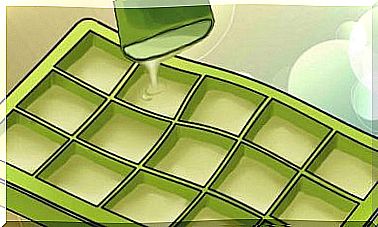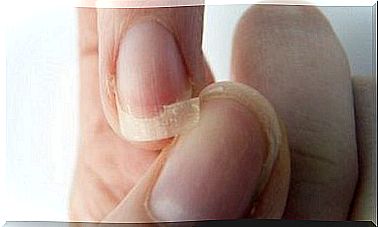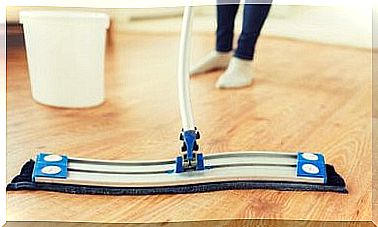Granuloma Annulare: What Is It?
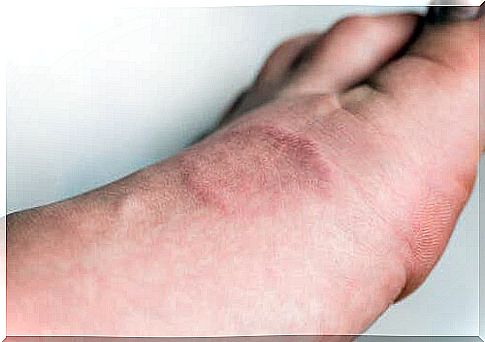
Granuloma annulare is an inflammatory disease that appears on the skin. Its name derives from the presence of circular ring-shaped spots. These are bumpy, reddish lesions that usually disappear on their own.
It is an infrequent disease. It can affect anyone, but it often appears in young people, around the age of 10. We do not know exactly what causes it, but according to statistics it mainly affects women.
In most cases, the granuloma annulare does not produce any discomfort. However, it is quite visible, therefore it represents an aesthetic problem. In addition to this, some people experience intense itching.
Many of its features are still under study, but it seems that this disease may be associated with some infections and even neoplasms.
In this article, we tell you everything you need to know about granuloma annulare, so that you can distinguish it from other skin diseases.
What does granuloma annulare consist of?
As we have already said, it is an inflammatory and chronic pathology of the skin. It consists of the formation of bumpy, reddish-colored, ring-shaped lesions. They typically appear on the hands or feet.
Although we know that it affects women and young people the most, the exact cause is not known. Nonetheless, it has been observed that certain factors are capable of triggering it. For example, it could occur as a side effect of taking certain medicines.
Other possible causes are represented by some insect bites and even a reaction to vaccines. Granuloma annulare has also been associated with some infections, such as hepatitis. Nonetheless, it is important to point out that it is not a contagious disease.
Although granuloma annulare normally disappears after two years without the need for treatment, it is important to study it well. Scientists are trying to prove its relationship to other systemic pathologies.
It appears that it may be associated with certain thyroid gland diseases and diabetes. It could also be caused by some cancerous processes. In these cases, there are usually multiple lesions that affect the whole body and do not respond well to treatments.
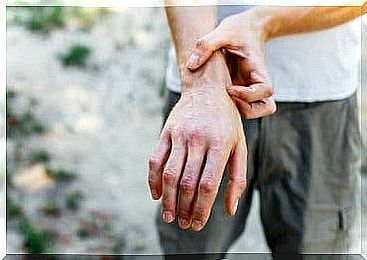
What symptoms does it cause?
Granuloma annulare causes no other symptoms other than the presence of bumps. These lesions can be of different colors, ranging from bluish to a flesh-colored tending to reddish. They all have the shape of a ring that expands outwards, with the central part slightly sunken.
The lesions are sensitive to touch, but do not cause pain. However, they can be a cosmetic problem or cause itching, particularly if there are numerous bumps scattered throughout the body. In addition, experts classify granuloma annulare into several types:
- Localized annular granuloma, which is the most frequent type.
- There is also the generalized one , which extends over the whole body.
- Finally, subcutaneous granuloma can be observed . In this case the bumps are small and firm, and usually do not have a reddish color.

How is granuloma annulare treated?
Granuloma annulare causes very characteristic lesions and is therefore easy to diagnose. However, when in doubt, dermatologists sometimes prescribe a skin biopsy to confirm the diagnosis. As we have said, the bumps usually disappear on their own after some time.
The disease, therefore, lasts a maximum of two years. In light of this, it is not necessary to treat it. It is equally true, however, that granuloma annulare can be bothersome from an aesthetic point of view or due to the itching caused.
Therefore, some treatment options are available. In some cases it is possible to apply corticosteroid-based creams that accelerate the disappearance of the lesions. Furthermore, these drugs can be injected in the absence of reactions after the use of creams.
In some cases, doctors use phototherapy techniques to treat granuloma annulare. Finally, when the lesions are very extensive and generalized, oral medications are prescribed. However, what matters most is to contact your doctor and let the professional choose the most appropriate treatment.

